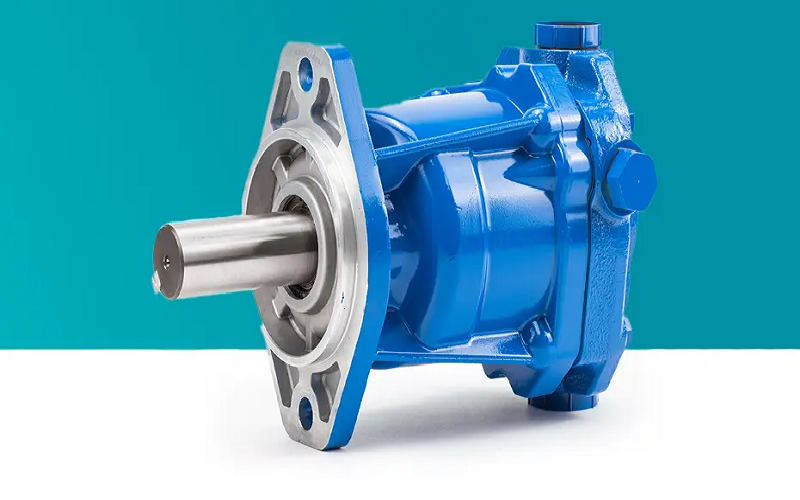Features to Look for Inside the Best Hydraulic Pumps

Hydraulic pumps are the driving force of hydraulic pump systems, with tremendous electricity abilities, letting them run machines and equipment in numerous utility fields. Whether the hydraulic pump is used in creation, manufacturing, or transportation, the system’s acceptance need to perform well and function effectively.The ability to inspect key points in hydraulic pumps is one of the factors showing positive results in the process running and the long-term reliability of hydraulic systems.
Here are several key features to look for:
Flow Rate: Flow rate presents a measurement of how much the pump can pour in per minute, which is dependent on two measurement units, i.e., gallons per minute (GPM) and liters per minute( (LPM)). Hydraulic system outcome, that is, the flow speed, will result from flow rate while also considering the size of the power cylinder.
Type of Pump: These can be a rotating bearing, such as a shaft pump, a vane pump, a piston pump, or a shaft pump, such as an axial pump. This is why, as with all wholes, each is left with fewer personas and is provided more instead. In this case, the gear pump is not an ideal candidate for use in applications operating under high pressures. Therefore, the fact that they are inefficient and cannot generate precise pressure is not all the piston pumps can do. The structures are more complicated and pay too much.
Pressure Rating:To support the filtration system, oil pumps must create a sufficiently high pressure. PSI and bar are usually shown by labels (pressure rating) on the Tyre. The system’s working pressure should be lower than the pump’s maximum rating. Please take into account the spikes when setting the flow limits.
Efficiency: Not only does the pump efficiency directly impact the power consumption, but it also contributes to the decrease in operating cost. Attention must be given to acquiring pumps with top volumetric and mechanical efficiency levels, ensuring that more of the power input is converted into useful pump hydraulic power.
Mounting Configuration: Hydraulic pumps can be made in different body types, such as flange, foot, or face mounting. Make sure that the pump is grounded to the system so that the mounting and installation process is easier and accessible for maintenance.
Construction Materials: The construction material used in the engineering pump mechanism should be in sync with the hydraulic fluid and operation performance. Iron, aluminum, and stainless steel are common materials used. Factors such as acid corrosion resistance, wear resistance, and high-temperature tolerance are critical parameters in selecting material.
Sealing Mechanism: This is required to keep the water in and prevent leakage from the system’s seals. Take a moment to notice the pumps with a seal and sealing mechanisms that can bear the pressure and temperatures observed in your application.
Noise and Vibration Levels: A hydraulic pump in operation can make unwanted noise and vibrations, but these disturbances may be intolerable in some contexts. Select the pump with reduced noise and vibration levels, which will help provide better comfort for operators and comply with the regulations because there are many sensing places.
Maintenance Requirements: The selection of a hydraulic pump is linked to its ability to be maintained easily and the availability of spare parts. Choose the pump with accessible elements and simple maintenance formalities to avoid continuous downtime and high repair costs.
Compatibility with Control Systems: In the case where advanced controls back up the hydraulic machinery features like variable speed drives and proportional valves, do look up whether the pump is fit enough to function alongside these control systems for better performance and responsiveness.
Environmental Considerations: Consider the regulations and environmental aspects (i.e., leakage prevention, energy efficiency, and emission requirements) before choosing the hydraulic pump, as that helps comply with regulations and mitigate environmental consequences.
Final Thoughts
To ensure maximum efficiency, you must analyze the key features of your hydraulic pumps well and suit your system. Therefore, opt for the best hydraulic pumps that meet your requirements to avoid losses in performance and unnecessary expenses.






